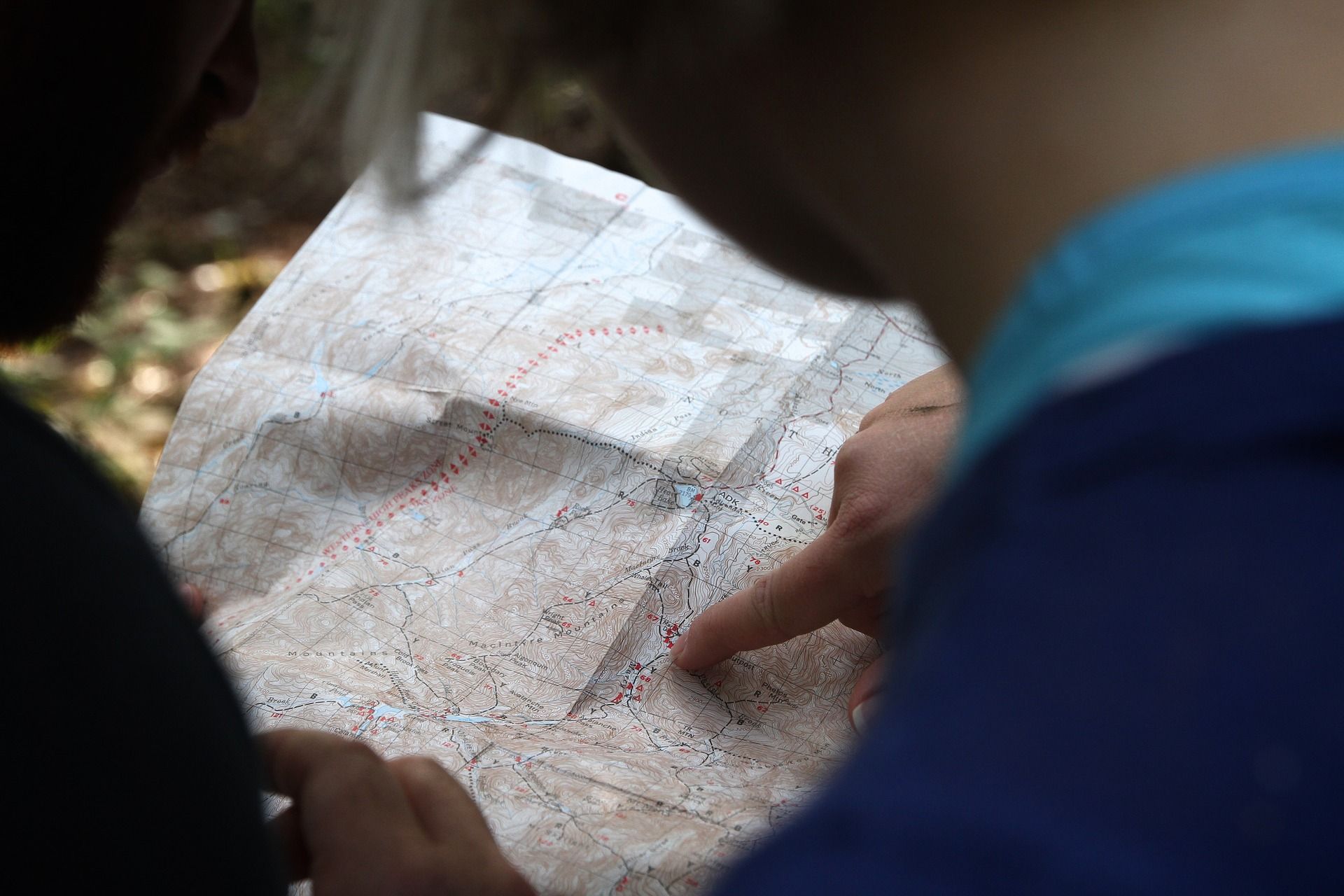Finding the Temporary Folder with VBA
Be a good steward of your users' file system. If you are creating temporary files, be sure to create them in the designated temporary folder.

If you need to create temporary files, you should create them in the Windows-designated temporary file folder.
This is easy to find using the FileSystemObject's GetSpecialFolder() method. I could never remember the constant for the Temporary Folder–or the name of the method–so I wrote a simple function with an easy-to-remember name: TempPath().
The Code: TempPath()
'---------------------------------------------------------------------
' Author : Mike Wolfe
' Source : https://nolongerset.com/finding-the-temporary-folder-with-vba/
' Purpose : Returns something like:
' C:\Users\Mike\AppData\Local\Temp\
' Notes - Use PathJoin() function to simplify backslash handling
' https://nolongerset.com/joining-paths-in-vba/
'---------------------------------------------------------------------
'
Function TempPath(Optional WithTrailingBackslash As Boolean = True) As String
Static TempFolderPath As String
If Len(TempFolderPath) = 0 Then
Dim fs As Object
Set fs = CreateObject("Scripting.FileSystemObject")
Const TemporaryFolder = 2
TempFolderPath = fs.GetSpecialFolder(TemporaryFolder)
End If
TempPath = TempFolderPath
If WithTrailingBackslash Then TempPath = TempPath & "\"
End FunctionSome notes about the code
Most built-in functions that return folders do so without including a trailing backslash. Before I created and started using my PathJoin() function, I found that I almost always wanted to have the trailing backslash when I was working with temporary folders. Thus, my TempPath function includes the trailing backslash by default.
Secondly, I cache the result of the GetSpecialFolder() call in a static variable. This makes no noticeable difference on a single call to the function. However, without this static variable, the constant creation and destruction of the FileSystemObject would likely impact performance if you called the function repeatedly within a loop.
Image by Free-Photos from Pixabay
